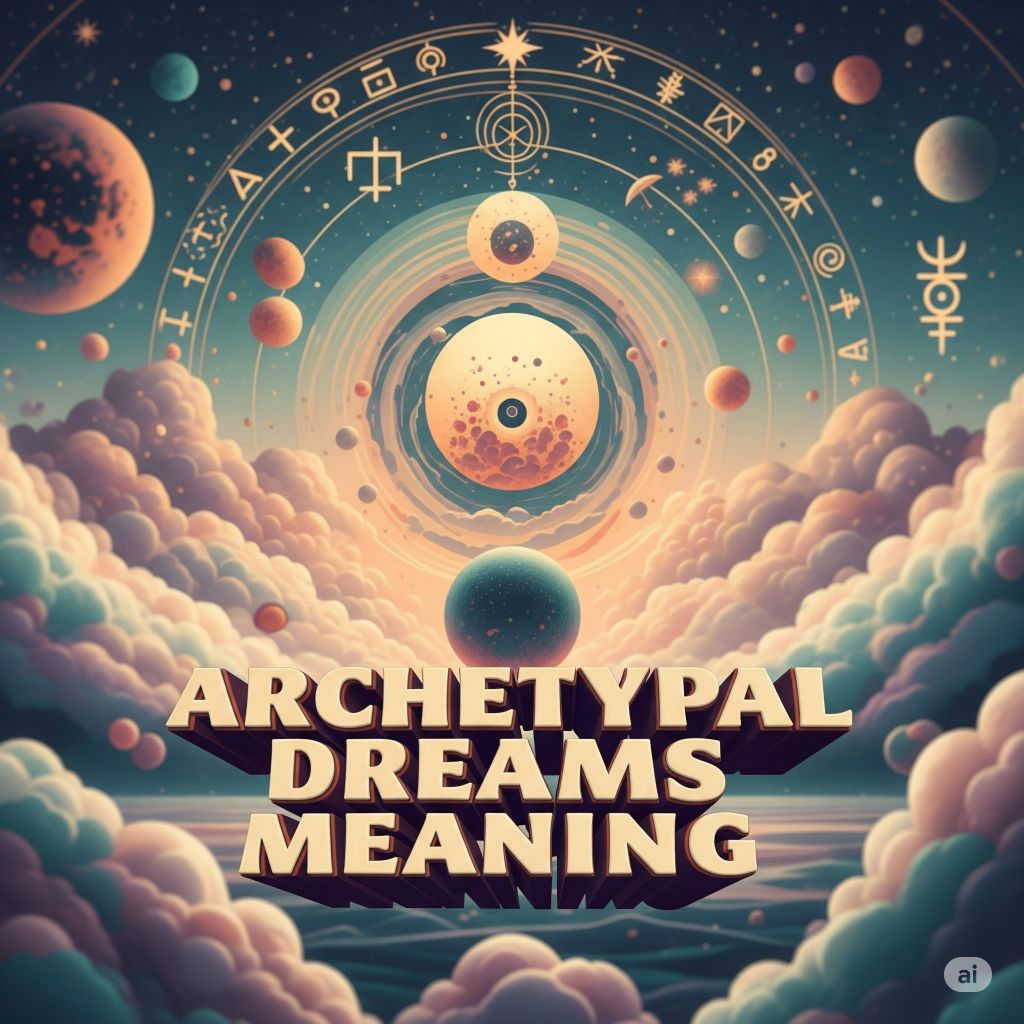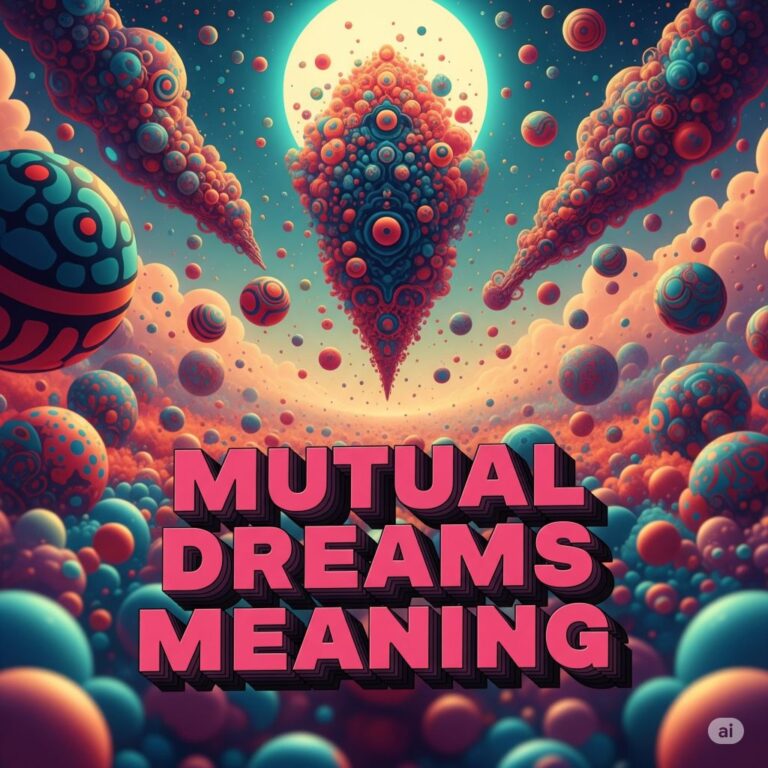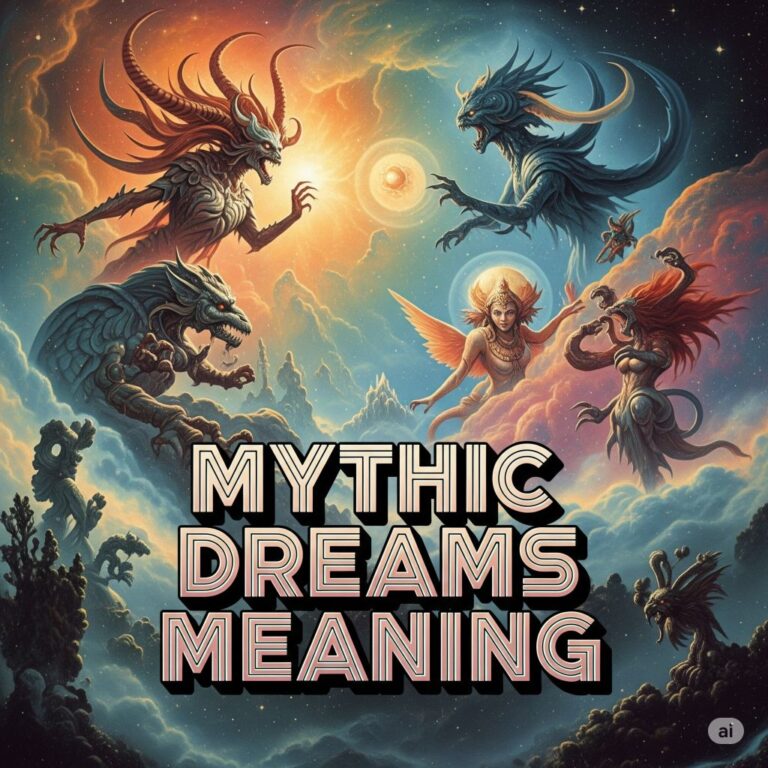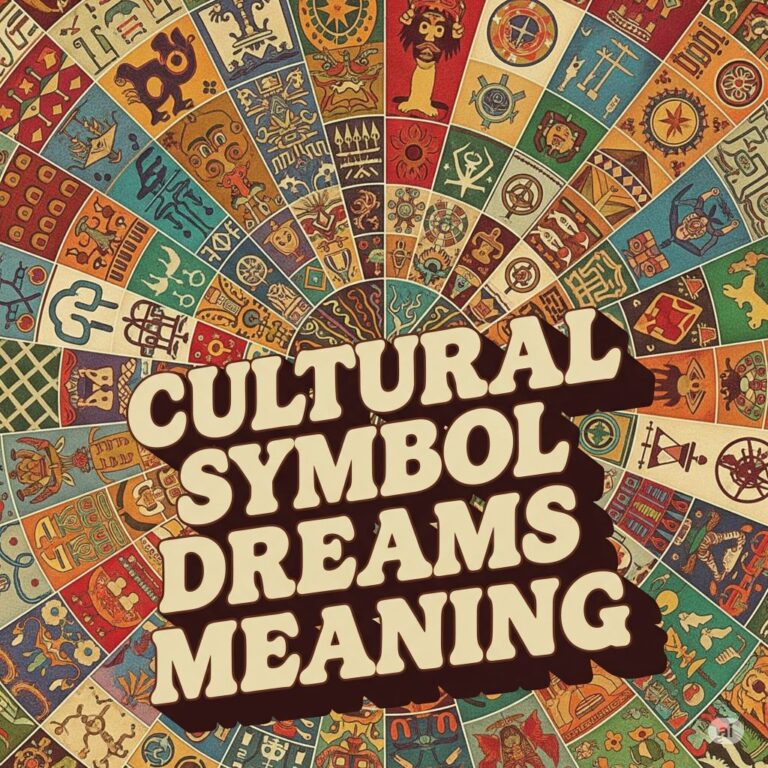
Archetypal dreams are a captivating aspect of dream analysis rooted in the theories of Swiss psychiatrist Carl Jung. These dreams involve characters, motifs, or themes that resonate with universal experiences shared across cultures and time, known as archetypes. In archetypal dreams, individuals may encounter figures or symbols that reflect fundamental aspects of the human psyche, revealing significant truths about their life journey, challenges, and personal development.
In this article, we will explore the meaning and interpretation of archetypal dreams, their psychological foundations, common archetypes and their symbolism, as well as practical implications for personal growth and self-understanding.
What Are Archetypal Dreams?
Archetypal dreams are guided by archetypes—universal symbols or patterns formed in the collective unconscious that represent shared human experiences. Jung proposed that these archetypes arise from the collective unconscious and influence individual psyches, manifesting in dreams that convey powerful messages related to personal and cultural narratives.
Key Characteristics:
- Universal Themes: These dreams often explore themes like the hero’s journey, the mother figure, the wise old man, or transformation.
- Mythological Resonance: They contain figures, symbols, or narratives common in myths, folklore, literature, and religious stories.
- Profound Emotional Impact: Archetypal dreams tend to elicit strong emotions, revealing deep truths that resonate with the dreamer’s experiences.
- Cultural Reflection: They reflect collective beliefs, values, and concerns, often tapping into larger societal issues or personal struggles.
Jungian Psychologically Foundation
1. Carl Jung and the Collective Unconscious
- Collective Unconscious: Jung’s concept proposes that all humans share a pool of experiences and memories, influencing individual thoughts, behaviors, and dreams.
- Archetypes: These are the innate, universal symbols and patterns existing in the collective unconscious, which can manifest in dreams, art, and cultural practices.
2. Common Archetypes in Dreams
- The Hero: Engaged in struggles and journeys, representing the quest for self-discovery and personal growth.
- The Shadow: Manifestation of the darker, repressed parts of the self; confronting the shadow can lead to healing and integration.
- The Mother: Symbolizes nurturing, protection, and comfort, reflecting one’s relationship with maternal figures or the need for security.
- The Wise Old Man/Woman: Represents wisdom, guidance, and unconscious knowledge, often appearing as mentors or guides in dreams.
- The Trickster: Serves to disrupt the status quo, teaching lessons about creativity, flexibility, and humor.
Table 1: Common Archetypes in Dreams
| Archetype | Description and Meaning |
|---|---|
| The Hero | Represents courage, personal growth, and the journey of self-discovery. |
| The Shadow | Embodies repressed fears, turmoil, or undesirable traits. |
| The Mother | Symbolizes nurturing, comfort, and security. |
| The Wise Old Man/Woman | Represents access to wisdom, intuition, and inner guidance. |
| The Trickster | Signifies change, creativity, and challenges to conventional thinking. |
Interpretation of Archetypal Dreams
1. Personal Meaning and Context
Interpreting archetypal dreams involves examining their personal context and emotional resonance:
- Identify Characters: Recognize which archetypes appear and relate their roles to current life situations.
- Explore Emotions: Emotional reactions in the dream can provide insight into unresolved feelings or challenges.
- Connect to Life Patterns: Reflect on how the themes in the dream parallel personal experiences or challenges, revealing pathways for growth.
2. Symbolic Analysis
Understanding the symbols present in the dream is crucial for interpretation:
- Common Symbols: Recognize symbols that represent archetypes—lions for courage, water for emotion, mazes for challenges.
- Reflect on Personal Associations: Consider what specific symbols mean to you personally, as cultural context matters significantly.
3. Contextual Exploration
The dreams are influenced by cultural narratives and personal history. Engaging with these contexts can enhance interpretation:
- Study mythological parallels that resonate with your dreams.
- Engage with significant literature, art, or philosophy that may frame aspects of the archetypal experience.
Table 2: Interpreting Archetypal Dream Symbols
| Symbol | Common Interpretation |
|---|---|
| Water | Emotional depth, the unconscious, cleansing |
| Mountains | Obstacles, goals, personal challenges |
| Mirrors | Self-reflection, identity challenges |
| Gates and Doors | Transitions, opportunities, new paths |
| Animals | Instinctual aspects of the psyche; personal qualities |
Cultural Significance of Archetypal Dreams
Dreams frequently draw from cultural narratives, historical themes, and societal archetypes, enriching their meanings and implications:
1. Cultural Myths and Stories
Myths across cultures commonly feature archetypal themes. For example:
- The Hero’s Journey: Commonly depicted in many cultures, myths like those of Hercules, Gilgamesh, or King Arthur emphasize the hero’s struggles and growth.
- Creation Myths: Offer archetypal narratives about order, chaos, and the understanding of existence.
2. Modern Applications
From mythology to contemporary storytelling, archetypes remain relevant, guiding writers, artists, and thinkers:
- Literature & Film: Modern works often reflect archetypal themes, helping to evoke emotional responses and engage audiences deeply.
- Psychotherapy: Therapists may encourage clients to explore archetypes in their dreams to identify patterns, fears, and desires in their lives.
Common Themes and Experiences
1. Transformation and Growth
Many archetypal dreams revolve around themes of transformation, highlighting personal development through overcoming obstacles.
2. Confrontation with the Shadow
Dreams that feature darker figures or themes often encourage individuals to confront their fears and integrate repressed parts of themselves, fostering wholeness.
3. Guidance from Wisdom Figures
Encounters with archetypes representing wisdom (like the Wise Old Man) often symbolize the need for guidance or introspection during times of uncertainty.
4. Exploration of the Hero’s Journey
Dreams that depict quests or battles illustrate the challenges faced in pursuit of personal goals and desires, mirroring real-world struggles.
Working with Archetypal Dreams
1. Dream Journaling
Keeping a dream journal can facilitate deeper understanding:
- Record dreams immediately upon waking, focusing on symbols, characters, and emotions.
- Reflect on how specific archetypes appear and their relation to current life situations.
2. Symbol Exploration
Study the symbolic meanings of recurring figures or themes:
- Use resources on mythology, archetypes, and dream symbols to connect your dreams to broader cultural narratives.
- Engage with art, literature, and psychological resources that delve into these symbols.
3. Creative Expression
Expressing dreams through art, writing, or movement can deepen engagement with the themes and insights:
- Create art or narratives based on the dream’s content, exploring the archetypal symbols manifested.
- Engage in collective storytelling or dream-sharing groups to gain multiple perspectives on shared experiences.
4. Therapeutic Approaches
Incorporating archetypal dream work into therapy can provide impactful insights:
- Therapists may explore the significance of dreams to uncover unconscious motivations and fears.
- Use archetypes as prompts to facilitate discussions about personal growth and challenges.
Conclusion
Archetypal dreams serve as powerful reflections of the human experience, weaving universal symbols and narratives into the fabric of our subconscious. By recognizing and interpreting these dreams, individuals can unlock insights not only about themselves but also about their cultural identities and universal human narratives.
Whether viewed through the lens of psychology, spirituality, or cultural context, these dreams remind us of the interconnectedness of our experiences and the rich tapestry of meanings that lie within our unconscious. Engaging with archetypal dreams can open doors to greater self-awareness, personal growth, and a deeper understanding of the myriad stories that shape our lives.






